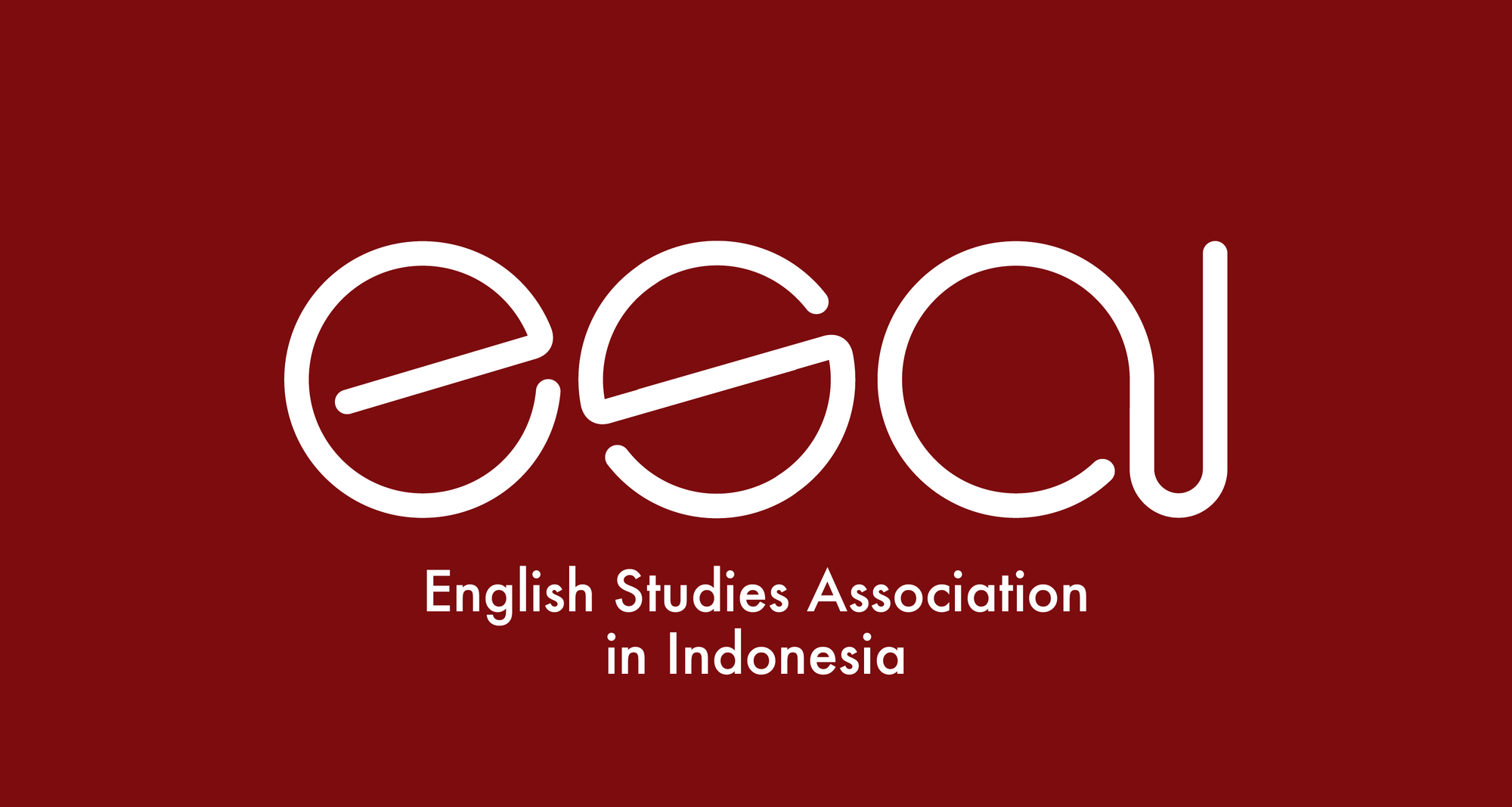Embracing dimensions of eco-translatology in translation classroom
DOI:
https://doi.org/10.21009/lililacs.042.01Keywords:
eco-translatology, translation competence, translation analysis, general textAbstract
Eco-translatology is a reasonably new translation approach proposed by Hu in 2020. Not only implemented in translation analysis, but some studies have also suggested the optimistic claims of using eco-translatology as an approach for classroom teaching. Eco-translatology is known for its three dimensions: linguistics, cultural and communicative. Newmark (1988) mentioned that the more specific a language becomes for natural phenomena, the more embedded in cultural features it becomes. These cultural words words are easy to detect since they are primarily associated with a particular language that cannot be translated. This study explores eco-translatology implementation by 50 English literature students in the fourth semester of Universitas Negeri Jakarta by employing a descriptive qualitative approach to explore how students apply the approach in translating general text. The writer conducted a field study that inspects the linguistic, cultural, and communicative aspects of the three dimensions of eco-translatology by Hu (2020). The writer found that among the three dimensions of eco-translatology, the linguistic dimension received the highest number, while communicative dimension the lowest. Cultural dimension may be well perceived by the students, yet they found difficulty when finding equivalence of those cultural terms. This calls for a more thorough explanation by translation teachers to guide their students in understanding this new concept of eco-translatology.







